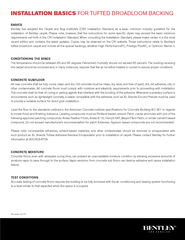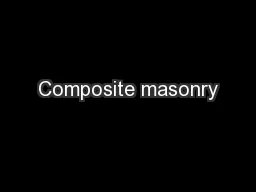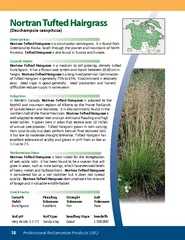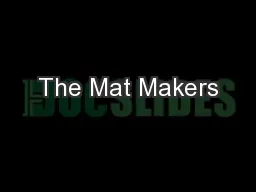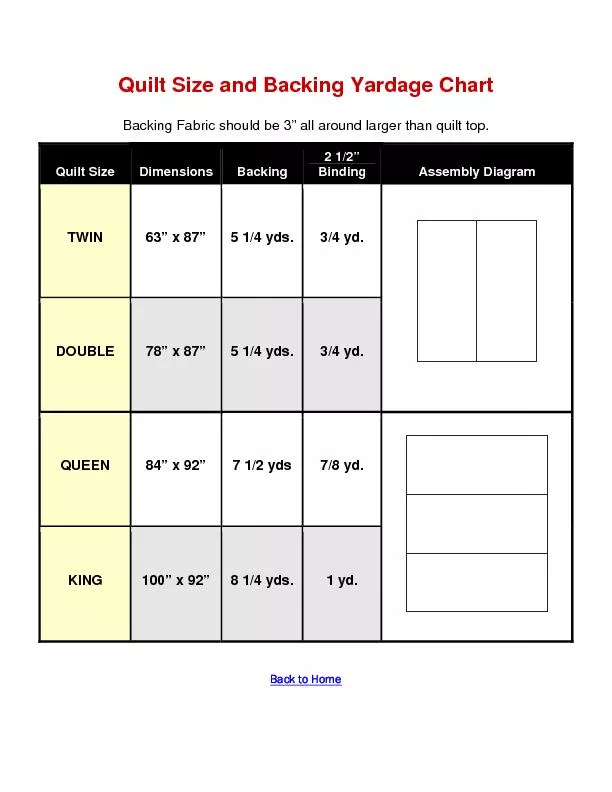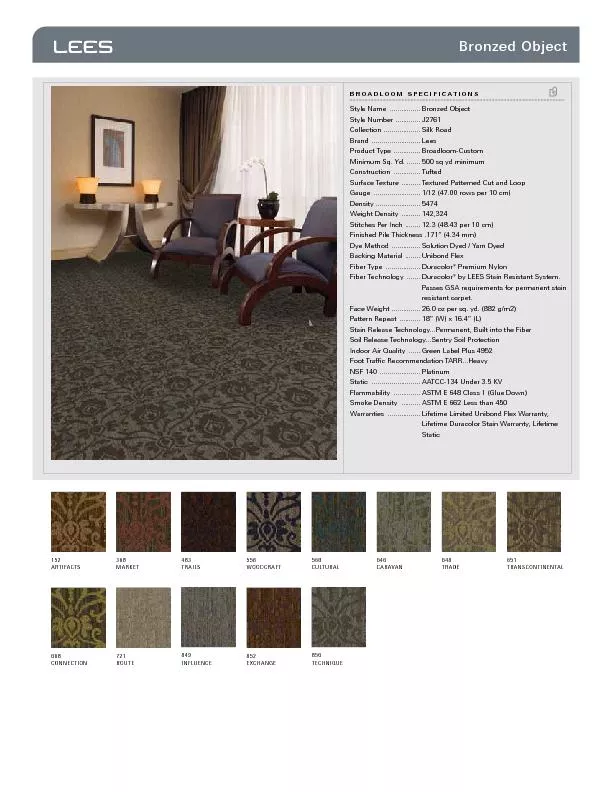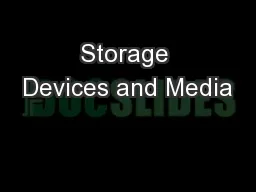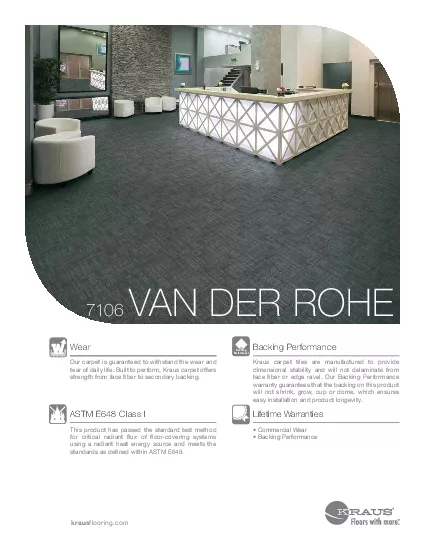PDF-INSTALLATION BASICS FOR TUFTED BROADLOOM BACKING BASIC
Author : liane-varnes | Published Date : 2015-05-09
Please note however that the instructions for some speci64257c styles may exceed the basic minimum requirements set forth in the CRI Installation Standard When consulting
Presentation Embed Code
Download Presentation
Download Presentation The PPT/PDF document "INSTALLATION BASICS FOR TUFTED BROADLOOM..." is the property of its rightful owner. Permission is granted to download and print the materials on this website for personal, non-commercial use only, and to display it on your personal computer provided you do not modify the materials and that you retain all copyright notices contained in the materials. By downloading content from our website, you accept the terms of this agreement.
INSTALLATION BASICS FOR TUFTED BROADLOOM BACKING BASIC: Transcript
Download Rules Of Document
"INSTALLATION BASICS FOR TUFTED BROADLOOM BACKING BASIC"The content belongs to its owner. You may download and print it for personal use, without modification, and keep all copyright notices. By downloading, you agree to these terms.
Related Documents

